Østervold Observatory
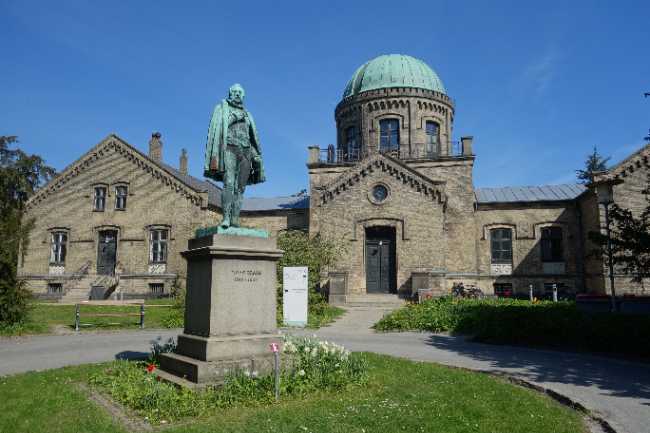
Østervold Observatory, also known as the Copenhagen University Observatory, was established in 1861 to replace the outdated Rundetårn observatory. Located on the former bastions of Copenhagen’s old fortifications, it offered improved conditions for astronomical research, away from the growing light pollution and vibrations of the city. Designed under the guidance of astronomer Heinrich Louis d'Arrest, the observatory became a center for groundbreaking studies in nebulas and stellar spectroscopy. It also housed the International Astronomical Union’s news service bureau from 1922 to 1965. Though no longer active in research, the building now serves the University of Copenhagen and stands as a monument to Denmark’s scientific heritage.
Copenhagen DenmarkThe Østervold Observatory, also known as the Copenhagen University Observatory, is located on Øster Voldgade 3 in Copenhagen, Denmark, on the city's old bastioned fortifications near the Botanical Garden and Rosenborg Castle. Built between 1859 and 1861 in a neoclassical style designed by Hans Christian Hansen, it replaced the older Rundetårn observatory, which had become outdated due to expanding instruments, city light pollution, and vibrations. The observatory housed important astronomical research and the Central Bureau for Astronomical Telegrams until the 1960s. Its notable instruments included a large refractor and a double refractor telescope, and it contributed significantly to star cataloging, spectroscopy, and astrophysics under distinguished astronomers such as Heinrich Louis d'Arrest and the Strömgrens. Nearby landmarks include the adjacent Botanical Garden, Rosenborg Castle with its gardens, and it is located close to central Copenhagen’s historic district. Although the observatory building is no longer used for astronomy today, it remains in good condition and now houses the Institute for Science Didactics of the University of Copenhagen. The location offers a rich combination of scientific heritage and proximity to both historic architecture and green spaces in the heart of the city, making it a culturally significant site for visitors interested in astronomy and Copenhagen’s history.
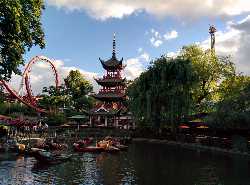 Tivoli Gardens
Copenhagen
Tivoli Gardens
Copenhagen
 Rosenborg Castle
Copenhagen
Rosenborg Castle
Copenhagen
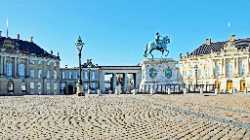 Amalienborg Palace
Copenhagen
Amalienborg Palace
Copenhagen
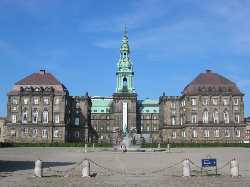 Christiansborg Palace
Copenhagen
Christiansborg Palace
Copenhagen
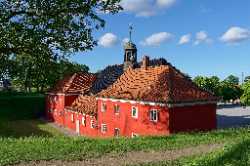 Kastellet
Copenhagen
Kastellet
Copenhagen
 The Little Mermaid Statue
Copenhagen
The Little Mermaid Statue
Copenhagen
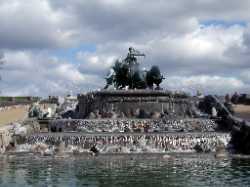 Gefion Fountain
Copenhagen
Gefion Fountain
Copenhagen
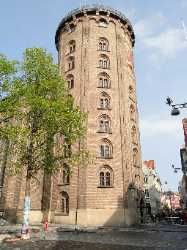 Rundetaarn
Copenhagen
Rundetaarn
Copenhagen
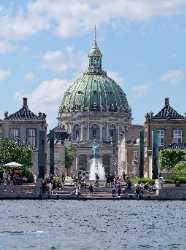 Frederik’s Church
Copenhagen
Frederik’s Church
Copenhagen
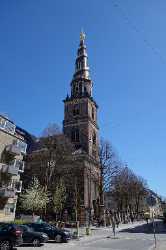 Church of Our Saviour
Copenhagen
Church of Our Saviour
Copenhagen
 National Museum of Denmark
Copenhagen
National Museum of Denmark
Copenhagen
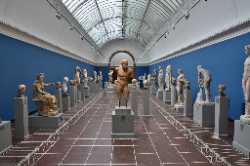 Ny Carlsberg Glyptotek
Copenhagen
Ny Carlsberg Glyptotek
Copenhagen
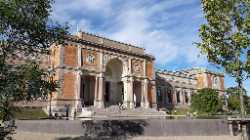 Statens Museum for Kunst
Copenhagen
Statens Museum for Kunst
Copenhagen
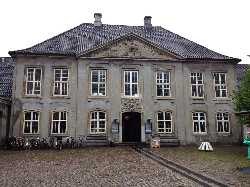 Designmuseum Danmark
Copenhagen
Designmuseum Danmark
Copenhagen
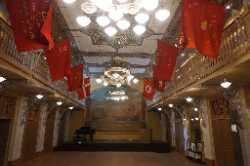 The Workers Museum
Copenhagen
The Workers Museum
Copenhagen
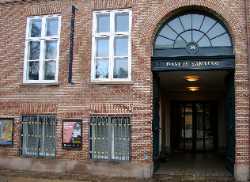 The David Collection
Copenhagen
The David Collection
Copenhagen
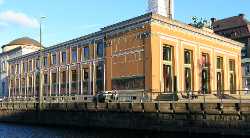 Thorvaldsens Museum
Copenhagen
Thorvaldsens Museum
Copenhagen
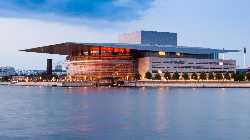 Copenhagen Opera House
Copenhagen
Copenhagen Opera House
Copenhagen
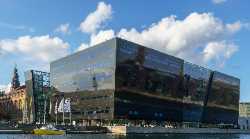 The Black Diamond
Copenhagen
The Black Diamond
Copenhagen
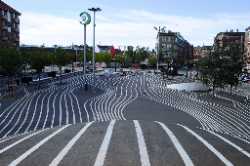 Superkilen Park
Copenhagen
Superkilen Park
Copenhagen
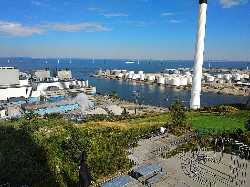 CopenHill
Copenhagen
CopenHill
Copenhagen
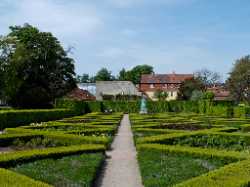 King’s Garden
Copenhagen
King’s Garden
Copenhagen
 The Botanical Garden
Copenhagen
The Botanical Garden
Copenhagen
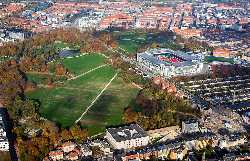 Faelledparken
Copenhagen
Faelledparken
Copenhagen
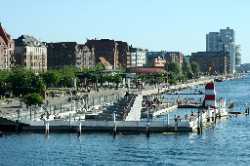 Islands Brygge
Copenhagen
Islands Brygge
Copenhagen
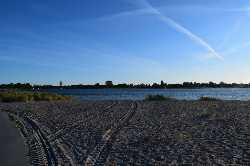 Amager Strandpark
Copenhagen
Amager Strandpark
Copenhagen
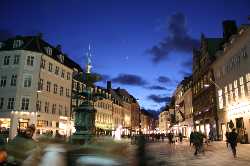 Strøget
Copenhagen
Strøget
Copenhagen
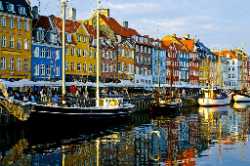 Nyhavn
Copenhagen
Nyhavn
Copenhagen
 Christianshavn
Copenhagen
Christianshavn
Copenhagen
 Freetown Christiania
Copenhagen
Freetown Christiania
Copenhagen
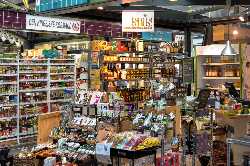 Torvehallerne
Copenhagen
Torvehallerne
Copenhagen
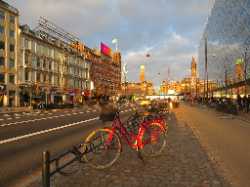 Vesterbro
Copenhagen
Vesterbro
Copenhagen
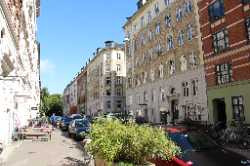 Nørrebro
Copenhagen
Nørrebro
Copenhagen
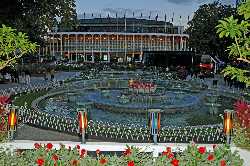 Tivoli Concert Hall
Copenhagen
Tivoli Concert Hall
Copenhagen
 Copenhagen Zoo
Copenhagen
Copenhagen Zoo
Copenhagen
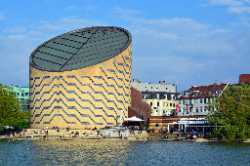 Tycho Brahe Planetarium
Copenhagen
Tycho Brahe Planetarium
Copenhagen
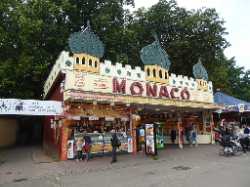 Bakken
Copenhagen
Bakken
Copenhagen
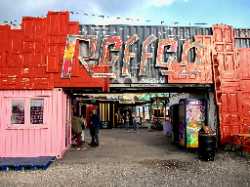 Reffen
Copenhagen
Reffen
Copenhagen
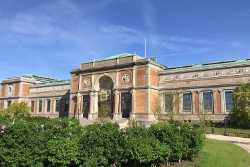 National Gallery of Denmark
Copenhagen
National Gallery of Denmark
Copenhagen
 Amalienborg Palace
Copenhagen
Amalienborg Palace
Copenhagen
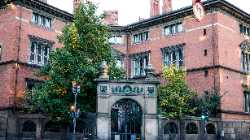 Museum of Copenhagen
Copenhagen
Museum of Copenhagen
Copenhagen
 Danish Jewish Museum
Copenhagen
Danish Jewish Museum
Copenhagen
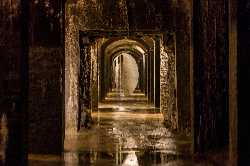 Cisternerne
Copenhagen
Cisternerne
Copenhagen
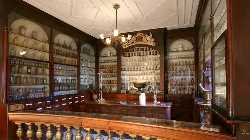 Medical Museion
Copenhagen
Medical Museion
Copenhagen
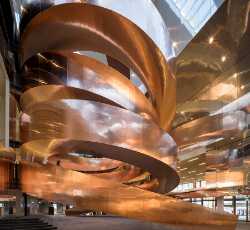 Experimentarium
Copenhagen
Experimentarium
Copenhagen
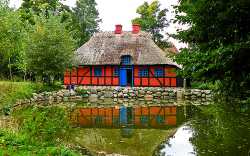 The Open Air Museum
Copenhagen
The Open Air Museum
Copenhagen
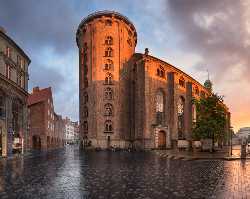 The Round Tower
Copenhagen
The Round Tower
Copenhagen
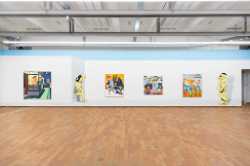 V1 Gallery
Copenhagen
V1 Gallery
Copenhagen
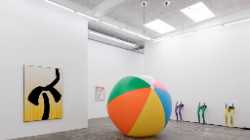 Galleri Nicolai Wallner
Copenhagen
Galleri Nicolai Wallner
Copenhagen
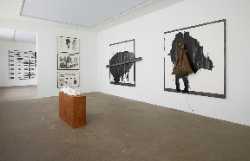 Galleri Bo Bjerggaard
Copenhagen
Galleri Bo Bjerggaard
Copenhagen
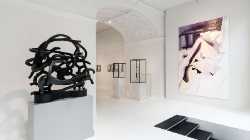 Martin Asbæk Gallery
Copenhagen
Martin Asbæk Gallery
Copenhagen
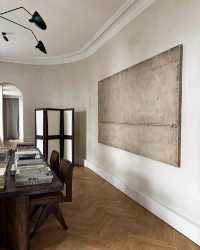 Ruby Atelier
Copenhagen
Ruby Atelier
Copenhagen
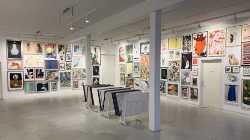 Edition Copenhagen A/S
Copenhagen
Edition Copenhagen A/S
Copenhagen
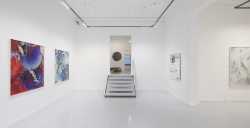 Galleri Christoffer Egelund
Copenhagen
Galleri Christoffer Egelund
Copenhagen
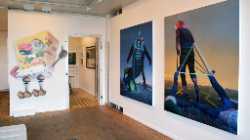 Gallery Poulsen
Copenhagen
Gallery Poulsen
Copenhagen
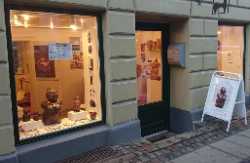 Galleri Unicorn
Copenhagen
Galleri Unicorn
Copenhagen
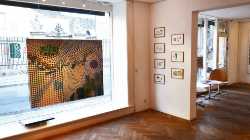 Bredgade Kunsthandel
Copenhagen
Bredgade Kunsthandel
Copenhagen
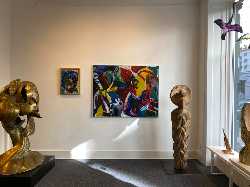 Galerie Birch
Copenhagen
Galerie Birch
Copenhagen
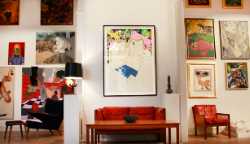 Secher Fine Art & Design
Copenhagen
Secher Fine Art & Design
Copenhagen
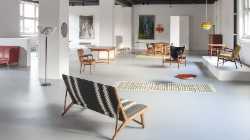 Dansk Møbelkunst Showroom
Copenhagen
Dansk Møbelkunst Showroom
Copenhagen
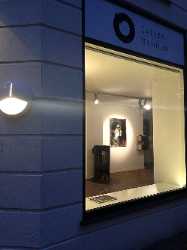 Oxholm Gallery
Copenhagen
Oxholm Gallery
Copenhagen
 Galerie Mikael Andersen
Copenhagen
Galerie Mikael Andersen
Copenhagen
 Eighteen Gallery
Copenhagen
Eighteen Gallery
Copenhagen
 Copenhagen Contemporary
Copenhagen
Copenhagen Contemporary
Copenhagen
 Kunstforeningen
Copenhagen
Kunstforeningen
Copenhagen